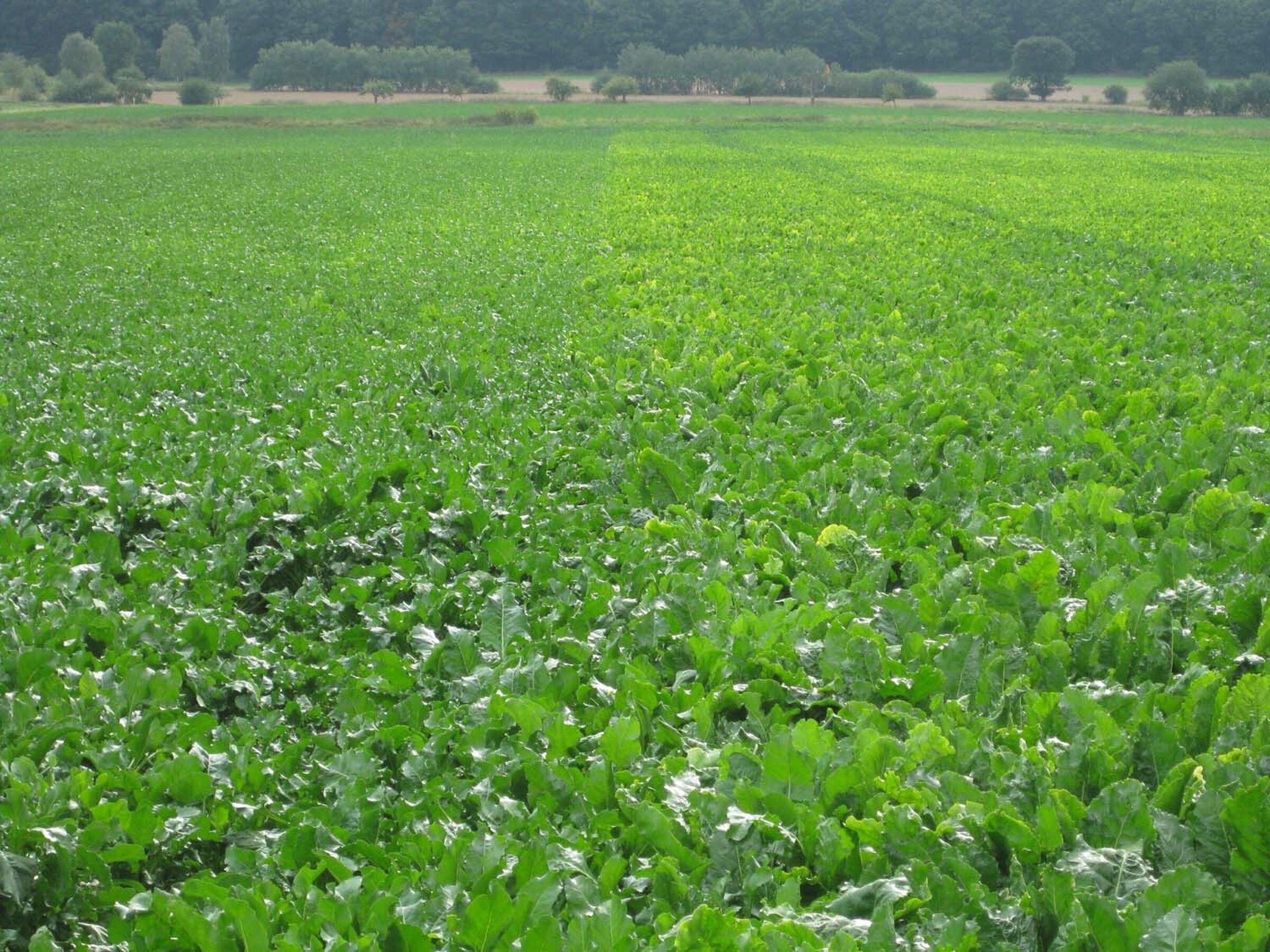Beet yellowing disease is characterized by circular patches of yellow in sugar beet fields, caused by viruses that are transmitted to the beet through aphids.
What are the symptoms of Virus Yellows?
The beet yellowing disease appears in circles in the fields, sometimes starting in June, in the form of lightening and then yellowing of the lamina between the veins of leaves. The leaves thicken and become brittle. These symptoms first form limited areas of infection in the fields in July and August and then rapidly spread throughout the entire field.
There are various types of yellowing, caused by several viruses:
- First there is severe Yellowing, caused by the BYV (Beet Yellows Virus) belonging to the genus Closterovirus, characterised by a lemon-yellow colouration, which can subsequently cause small reddish necroses.
- Then there are three viral species which are responsible for mild yellow symptoms: the Beet Mild Yellowing Virus (BMYV), the Beet Western Yellows Virus (BWYV) and the Beet Chlorosis Virus (BChV). These are characterised by a more orange colouration, often followed by cryptogamic infestation (e.g. Alternaria) and premature leaf necrosis.
How is Virus Yellows spread?
The main vector aphids of yellowing are the green peach aphid (Myzus persicae) and the black bean aphid (Aphis fabae).
The beet is infected in spring by these aphids that are carriers of the virus. They in turn have contracted this virus by eating other infected beets or other host plants (winter spinach and a lot of pothead plants). In the summer, the aphids multiply and transmit the virus to the entire field. A mild fall and winter will encourage the emergence of a significant population early on. A dry and warm spring will provide a significant population of lice during the summer.
The disease is widespread across all sugar beet regions of Europe. If it strikes early in the season, it can be the cause of significant yield loss, reduced sugar content and lower industrial quality.
How to control Yellowing in sugar beets?
Our research focuses on finding genetic solutions in sugar beets to help combat Virus Yellows on various levels:
- Resistance to aphids
- Resistance to viruses
- Tolerance to viruses
Our in-house experts have some interesting varietal solutions in the pipeline that may help in the battle against Virus Yellows.

